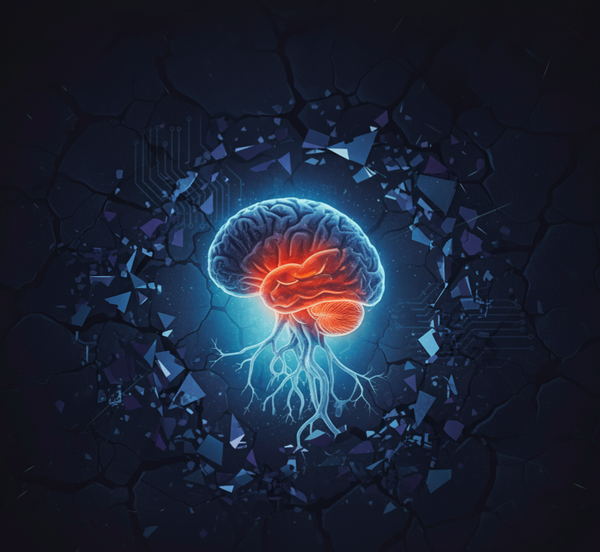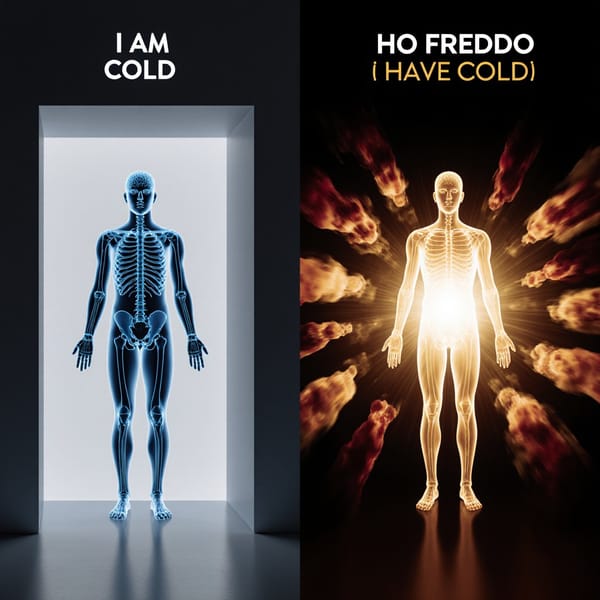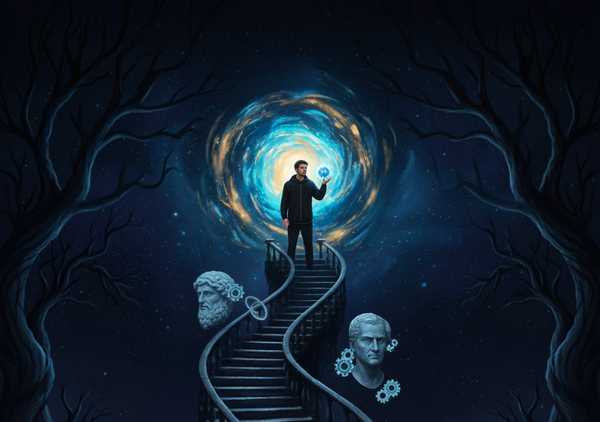When the World Stops Being “Out There”

From the very beginning, humankind has sought answers about ourselves and the world around us. Over the centuries, these questions have found different expressions in religion, philosophy, and the sciences.
Humanity has changed profoundly since it first began asking these questions: empires have risen and fallen, languages have emerged and vanished, and our technical abilities have advanced to the point where we now explore both the vastness of the cosmos and the infinitesimally small.
Yet despite this progress, we continue to interpret the world through a single implicit assumption that has remained unchanged: that the world is composed of external objects, independent of us. Furthermore, we assume that these objects are the same for you, your friends, your dog—even for the bacteria studied by scientists. This assumption underpins nearly every worldview we have constructed.
It shaped early religious explanations for phenomena beyond direct experience—consider, for example, the idea that Zeus was responsible for lightning.
It persisted in the reasoning of Greek philosophers, who sought logical explanations yet still took the objective world as given, whether in Platonic ideals or Aristotelian forms.
It endured through Galileo’s revolution, as mathematics became the language for describing how objects move and interact in space and time.
This implicit assumption remains pervasive today, woven into nearly all our explanations. Yet it is also the source of many of the persistent paradoxes and unsolved problems that still challenge both philosophy and science.
Geneosophy begins by questioning—and ultimately discarding—this assumption. It proposes a new foundation built on an entirely different premise.
In essence, Geneosophy is about uncovering the consequences of eliminating this assumption and creating new conceptual tools. These tools reach deeper than the ones we currently rely on—mathematics, logic, programming—and enable us to describe organisms in ways that are impossible today. They also open the possibility of creating synthetic organisms capable of behaviors that current approaches cannot generate.




